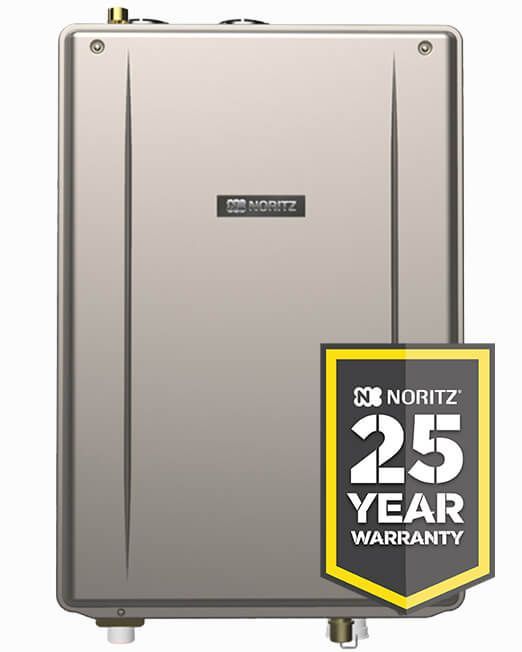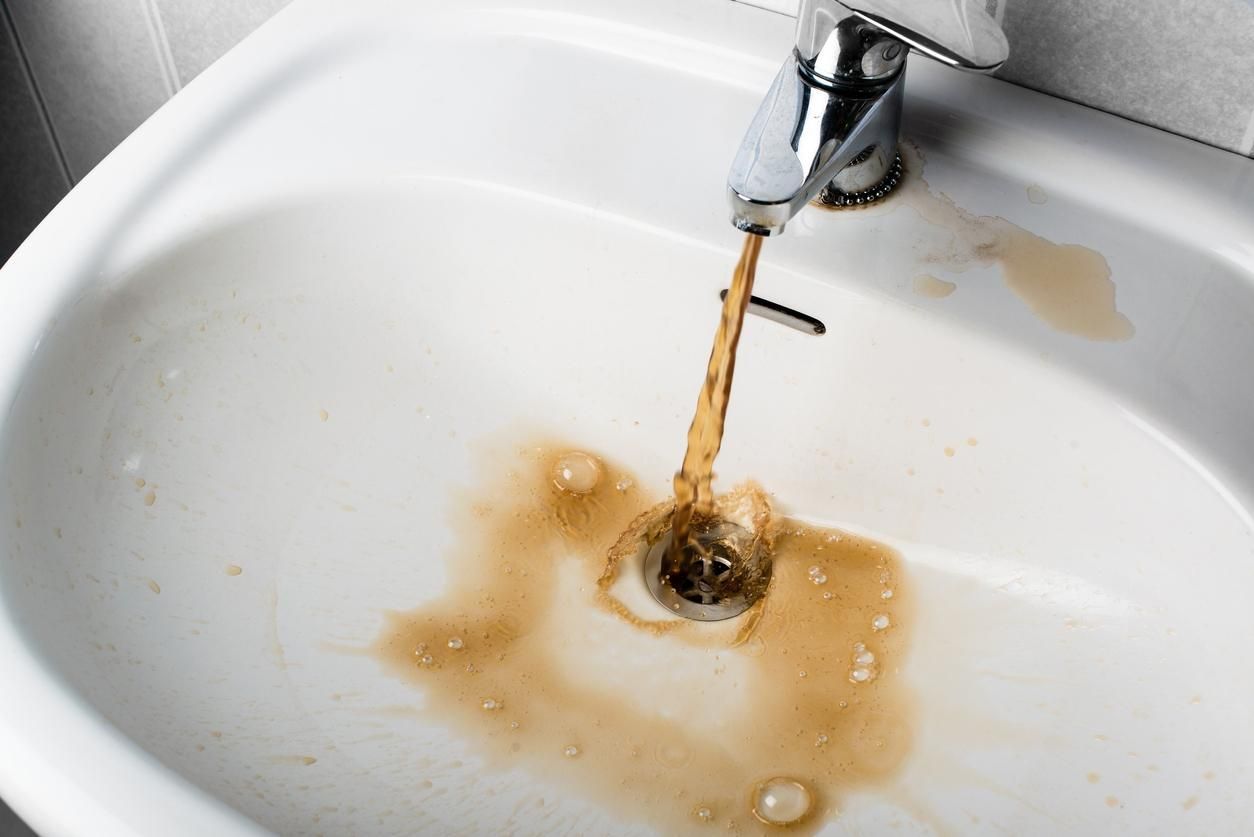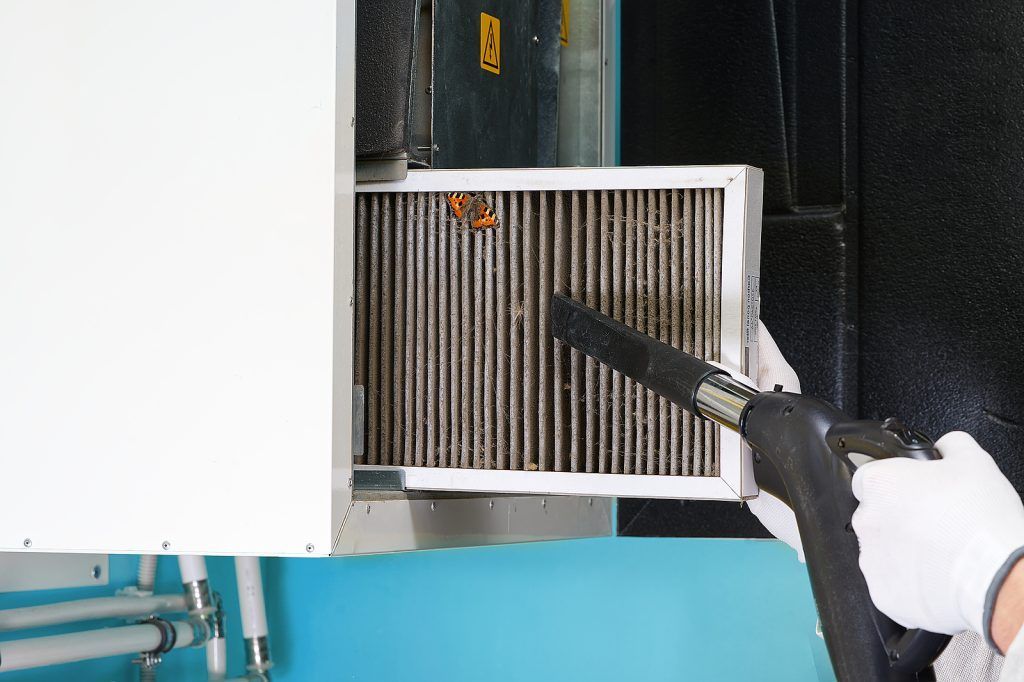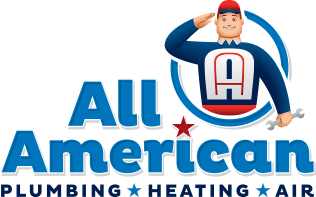How To Effectively Prevent Clogged Sewer Lines And Drains
SHARE THIS POST
Generally, drain lines are not something that homeowners like to think about. However, when there is a problem with the drain line such as clogs and sewer backups, it is vital to know what to do in order to prevent further damage and repair the damage that has already been done. With this five-step plan, you can usually prevent most
DRAIN AND SEWER LINE CLOGS.
Step 1: Have Your Drain Lines Cleaned Regularly
This is an important first step in preventing clogged drains and sewer lines. Cleaning your DRAIN AND SEWER LINES on a regular basis not only prevents clogs but also helps ensure that you are using the best possible method of getting rid of wastewater. If you were to neglect to have your drain lines cleaned for too long, you could eventually end up with something much worse than just simple clogs—you could have cracks or holes develop in the line which would leave your home open to costly damage.
Step 2: Prevent Soap Scum From Forming
Soap scum, as you may have guessed from the name, is a white or light-colored chalky substance that forms on the sides of your tub and shower. It is caused by soap, shampoo, hair products, lotions, and other types of cleaners sitting too long on a surface. The longer they sit there undisturbed, the more likely it is for this substance to form on the surface of those items. To prevent this from happening in your bathtub and shower, you can simply make a point to clean off these surfaces every day with a gentle cleaner such as vinegar or lemon juice—commercial cleaners also work well for most people.
Step 3: Never Put Greasy Food Down The Kitchen Drain
Grease is a surprisingly common cause of drain clogs and sewer line clogs. When grease is poured down the drain, it cools and congeals in the small spaces between your pipes, causing blockages that will need to be removed by a professional plumber – or you will risk having sewage seep into your home through cracks or holes that were caused by severe clogs. To avoid this problem, simply pour grease and oil into a tin can rather than pouring it directly down your kitchen drain.
Step 4: Stop Letting Hair Down The Shower Drain
Hair may be a natural part of life, but there is no reason to allow it down the drain. Hair is very strong and persistent, so it will naturally cling to your drain even if you have poured something down the drain in an attempt to keep it clean. To avoid this problem, keep all hair out of your shower by using a strainer or removing hair frequently with either a pair of rubber gloves or tongs.
Step 5: Use Copper Sulfate To Prevent Root Growth
Root infestation is a common sewer line clog and drains clog problem. Roots find their way into your sewer lines through small cracks or holes, and they will grow there until the day you hire a professional to do something about it. You can prevent them from growing in the first place by using copper sulfate crystals at least once per year. This substance should be poured directly down your drain while running water—the quantity needed will depend on how many feet of the drain is present. If you have any concerns about how safe this substance might be for you or for others who may use your plumbing system, however, simply give us a call to handle this issue instead!
Give Us A Call Today For Clogged Drains And Sewer Lines
If you are experiencing drains or sewer lines that are backing up regularly, we got you covered. Get in touch with our team today by giving us a call at (209) 779-0116. Our team of experts will be more than happy to assist you!
OUR RECENT ARTICLES




















